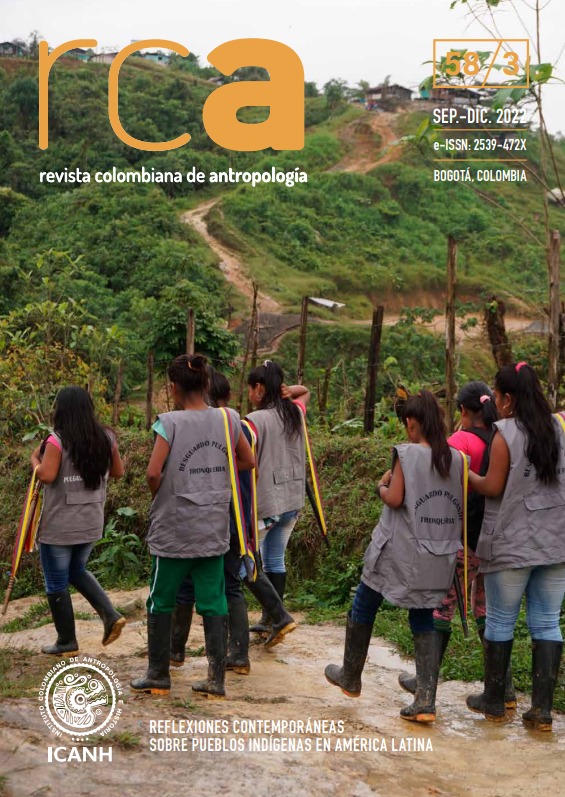Extortion, Popular Victimization, and Social Cleansing in Guatemala at Turn of the 21st Century
DOI:
https://doi.org/10.22380/2539472X.2359Keywords:
extortion, social cleansing, vigilantism, gangs, GuatemalaAbstract
During the first years of the 21st Century, Guatemala experienced an increase in violent crime and homicides. In urban settings, youth gangs, or maras, extortion, and practices of social cleansing, became relevant. Since 2004, human rights activists denounced the state enforcer of social cleansing policies against alleged criminals, particularly gangs members. Even as this undoubtedly the case, however the social cleansing began earlier, when victims of extortive depredation became executioners of alleged extortionists. This article analyzed the practices of social cleansing during that period as a phenomenon related to the formation of the criminal question, the extortive victimization, as well as to the private and state vigilantist practices.
Downloads
References
Alson, Philip. 2006. Informe del procurador de los Derechos Humanos de Guatemala al relator especial de las Naciones Unidas sobre ejecuciones extrajudiciales, sumarias o arbitrarias, señor Philip Alson. Guatemala: Procuraduría de los Derechos Humanos.
Asif, Muhammad y Don Weenink. 2 019. “ Vigilant r ituals theory: a cultural explanation of vigilante violence”. European Journal of Criminology 19 (2): 1-20. https://doi.org/10.1177/1477370819887518
Baires, Rodrigo. 2013. “Sísifo en el Mezquital”. Plaza Pública, 20 de mayo. https://www.plazapublica.com.gt/content/sisifo-en-el-mezquital
Camus, Manuela. 2015. “Las viudas de pilotos y la zona gris”. En Dinosaurio reloaded, violencias actuales en Guatemala, coordinado por Julián López, Santiago Bastos y Manuela Camus, 305-326. Guatemala: Flacso; Fundación Constelación.
Civico, Aldo. 2015. The para-State. An ethnography of Colombia’s death squads. Oakland: University of California Press.
Comisión para el Esclarecimiento Histórico. 1999. Guatemala, memoria del silencio. 13 tomos. Guatemala: CEH.
Coronil, Fernando y Julie Skurski. 2006. “Introduction: states of violence and the violence of State”. En State of violence, editado por Fernando Coronil y Julie Skurki, 1-32. Ann Arbor: The University of Michigan Press.
Cortez, Maynor. 2002. “Cacería de mareros”. Nuestro Diario, 18 de septiembre: 2-3.
Eiss, Paul. 2014. “The narcomedia. A reader’s guide”. Latin American Perspective Review 41 (2): 78-98. https://doi.org/10.1177/0094582x14521388
Escobar, Gabriela. 2005. “Enfrentamiento y violencias juveniles en la ciudad de Guatemala (1985-1993)”. Tesis de licenciatura, Escuela de Historia, Universidad de San Carlos de Guatemala, Guatemala. https://gt.antropotesis.alterum.info/acervo/enfrentamientos-y-violencias-juveniles-en-la-ciudad-de-guatemala-1985-1993/
Feldman, Allan. 1991. Formations on violence. The narrative of the body and the political terror in Northern Ireland. Chicago: Chicago University Press.
Feltran, Gabriel. 2020. The entangled city. Crime as urban fabric in São Paulo. Oxford: Oxford University Press. https://doi.org/10.1080/02673037.2020.1798610
Fernández, Lafitte. 2013. Crimen de Estado, el caso Parlacen. Guatemala: F&G Editores.
Flores, Gabriela y Jorge Joaquín. 2013. Ejecuciones extrajudiciales de jóvenes, un delito de ayer y hoy. Guatemala: CALDH.
Grassi, Paolo. 2018. “Luchar por el monopolio de la violencia. Las rondas nocturnas de los residentes de ‘El Barrio’ (ciudad de Guatemala)”. Revista Estudios Centroamericanos 73 (752): 11-23. https://doi.org/10.51378/eca.v73i752.3210
International Crisis Group. 2017. “El salario del miedo: maras, violencia y extorsiones en Centroamérica”. https://www.refworld.org/cgi-bin/texis/vtx/rwmain/opendocpdf.pdf.reldoc=y&docid=58e74ee34
Levenson, Deborah. 1998. Por sí mismos. Un estudio preliminar de las “maras” en la ciudad de Guatemala. Guatemala: AVANCSO.
López, Julián, Santiago Bastos y Manuela Camus, coords. 2009. Guatemala: violencias desbordadas. Córdova: Servicio de Publicaciones de la Universidad de Córdova.
—, coords. 2015. Dinosaurio reloaded. Violencias actuales en Guatemala. Guatemala: Flacso; Fundación Constelación.
Maldonado, Alex. 2005. “Carlos Vielman habla sobre maras y violencia”. Nuestro Diario, 5 de julio: 4-5.
Martínez, Denis Roberto. 2014. “Youth under the gun: violence, fear, and resistance in urban Guatemala”. Tesis doctoral, Faculty of the Graduate School of The University of Texas at Austin.
Mazariegos, Byron. 2004. “Atado de pies y manos”. Nuestro Diario, 21 de enero: 2.
Moncada, Eduardo. 2017. “Varieties of vigilantism: conceptual discord, meaning and strategies”. Global Crime 18 (40): 403-423. https://doi.org/10.1080/17440572.2017.1374183
Pearce, Jenny. 2010. “Perverse state formation and securitized democracy in Latin America”. Democratization 17 (2): 286-306. https://doi.org/10.1080/13510341003588716
Pinto, Estuardo. 2004. “45 y 30 años de cárcel”. Nuestro Diario, 21 de septiembre: 6.
—. 2007. “Piloto queda en libertad”. Nuestro Diario, 13 de junio, p. 4.
Puccio-Den, Deborah. 2021. Mafiacraft: An Etnhography of deadly Silence. Chicago: Chicago Universtiy Press; Hau Books.
Ramírez, Héctor. 2004. “Doble asesinato”. Nuestro Diario, 2 de diciembre: 2. “El regreso de los escuadrones de la muerte”. 2021. Episodio 3 de El Experimento. Producido por No-Ficción, 24 de febrero. Podcast, 39:00. https://www.no-ficcion.com/project/el-regreso-de-los-escuadrones
Rodríguez, Alejandro y Gerardo Pérez. 2005. “Transparentando el Plan Escoba, análisis de la estrategia policial en relación con las pandillas juveniles en Guatemala”. Revista Centroamericana Justicia Penal y Sociedad 22: 58-84.
Rosenbaum H. John y Peter C. Sederber. 1974. “Vigilantism. An analysis of establishment violence”. Comparative Politics 6 (4): 541-570. https://doi.org/10.2307/421337
Samayoa, Claudia. 2007. Las ejecuciones extrajudiciales de jóvenes estigmatizados. Guatemala: ICCPG-CALDH-Cedem.
—. 2009. Ejecuciones extrajudiciales de jóvenes estigmatizados en Centroamérica. Guatemala: Serviprensa.
Samayoa, Claudia y Arturo Aguilar. 2007. Deudas de la transición, ejecuciones extrajudiciales de personas estigmatizadas. Guatemala: ODHA.
Samet, Richard. 2019. Deadline. Populism and the press in Venezuela. Chicago: The Chicago University Press. https://doi.org/10.1017/s0022216x20000723
Savenije, Wim. 2009. “¿La seguridad nacional en juego? Las transformaciones de las pandillas callejeras o ‘maras’ en Centroamérica”. En Guatemala, violencias desbordadas, coordinado por Julián López, Santiago Bastos y Manuela Camus, 299-338. Córdoba: Universidad de Córdoba.
Scheper-Hughes, Nancy. 2006. “Death squads and democracy in northeast Brazil”. En Law and disorder in the postcolony, editado por Jean y John L. Comaroff, 150-187. Chicago: The University of Chicago Press.
—. 2015. “Death squads and vigilante politics in democratic northeast Brazil”. En Violence at the urban margins, editado por Javier Auyero, Philiphe Bourgois y Nancy Scheper-Hughes, 266-304. Oxford: Oxford University Press.
Schirmer, Jennifer. 1999. The guatemalan military proyect. A violence called democracy. Philadelphia: University of Pennsylvania Press.
Sen, Atreyee y David Pratten. 2007. “Global vigilantes: perspectives on justice and violence”. En Global vigilantes: perspectives on justice and violence, editado por David Pratten y Atreyee Sen, 1-21. Londres: Hurst & Company.
Taussig, Michel. 1 984. “ Culture of terror-space of death. Roger Casement’s Putumayo report and the explanation of torture”. Comparative Studies in Society and History 26 (3): 467-497. https://doi.org/10.1017/s0010417500011105
Downloads
Published
How to Cite
Issue
Section
License

This work is licensed under a Creative Commons Attribution-NonCommercial-NoDerivatives 4.0 International License.




















